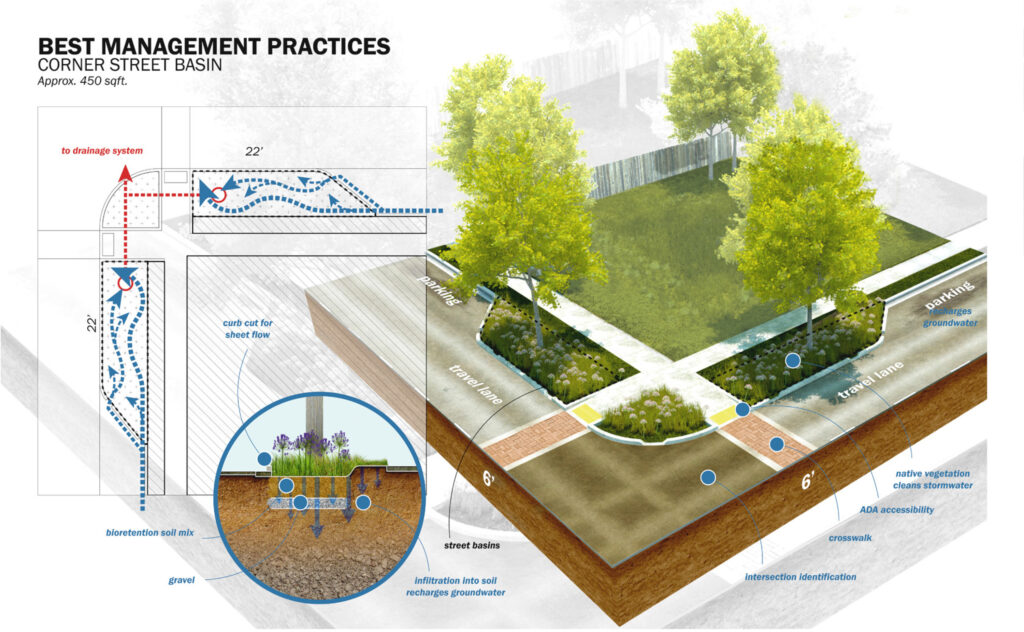
In the intricate dance of urbanization and environmental sustainability, the role of urban planning becomes paramount. Nowhere is this more evident than in the delicate balance between urban development and water management, a challenge that has taken center stage in the case of the National Water and Sewerage Corporation (NWSC) in Uganda. This article embarks on a journey through the intricate web of urban planning, exploring its pivotal role in water management to foster sustainable cities.
As Uganda undergoes rapid urbanization, the strains on water resources intensify. The burgeoning urban population places an unprecedented demand on water supply systems, exacerbating the challenges of water scarcity and quality. Urban areas, with their complex infrastructure and diverse needs, require meticulous planning to ensure a sustainable and resilient water management system.
At the heart of this intricate urban water management tapestry is the National Water and Sewerage Corporation, a key player in Uganda’s quest for sustainable cities. Established in 1972 to provide reliable and affordable water and sewerage services, NWSC faces the challenge of aligning its mission with the dynamic landscape of urban development.
Urban planners wield a diverse palette of strategies to navigate the delicate equilibrium between urban expansion and water management. From watershed management to the integration of green spaces and rainwater harvesting, these professionals play a pivotal role in creating a blueprint for water sustainability.
Watershed management stands as a linchpin in the pursuit of sustainable urban water systems. By safeguarding the source of water, planners at NWSC work towards maintaining the delicate balance of ecosystems. Reforestation, soil conservation, and the preservation of water catchment areas emerge as crucial strategies to ensure a continuous and clean water supply.
Urban planners are tasked with orchestrating a symphony of water systems that interconnect seamlessly. The integration of stormwater management, wastewater treatment, and water supply systems into a cohesive network ensures not only efficiency but also minimizes the environmental impact of urbanization.
In the concrete jungles of urban development, green spaces emerge as lungs that breathe life into cities. Planners at NWSC recognize the importance of incorporating green infrastructure – parks, gardens, and green roofs – to mitigate the urban heat island effect and enhance water absorption, thereby reducing the strain on drainage systems.
The heavens above provide an untapped resource that urban planners are harnessing – rainwater. Through the strategic implementation of rainwater harvesting systems, cities can supplement their water supply, reducing reliance on external sources and enhancing resilience in the face of climate change.
In Uganda, National Water and Sewerage Corporation serves as an exemplary case study in the successful integration of urban planning principles into water management strategies. By adopting an ecosystem-based approach, incorporating innovative technologies, and engaging with local communities, NWSC paves the way for sustainable urban water systems not only within Uganda but as a blueprint for other nations facing similar challenges.
As we delve into the intricate relationship between urban planning and water management, the case of the National Water and Sewerage Corporation in Uganda shines as a beacon of hope. The fusion of visionary urban planning with sustainable water management practices not only ensures the availability of this precious resource but also fosters the creation of resilient and livable cities. As we navigate the ebb and flow of urbanization, let us draw inspiration from the NWSC experience, working towards a future where cities and water dance harmoniously in the pursuit of sustainability.


